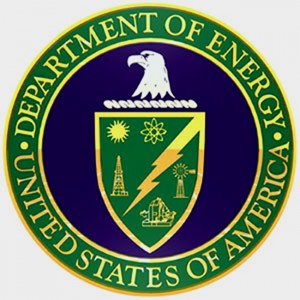New DOE regulations on T8 fluorescent lamps will further restrict the models available. The U.S. Department of Energy (DOE) recently issued new energy standards for general-service fluorescent lamps, and the standards go into effect Jan. 26, 2018. Here is a list of likely impacts to the linear fluorescent lamp market:
• The new rules will primarily affect standard 4-foot, 32W T8 lamps and some reduced-wattage T8 lamps.
• A full offering of 8-foot, T5 and exempted specialty lamps will continue to be available.
• Federal energy policy favors high-efficiency lighting and steadily removes the least-efficient, lowest cost products from the market.
• The new rules strengthen existing energy standards, expressed as minimum efficacy (lumens per watt), for 4-foot medium bipin (aka, 4-foot linear T8), 2-foot U-shaped (aka, 2-foot U-bend T8), 4-foot miniature bipin (aka, 4-foot linear T5) and 4-foot miniature bipin high output (aka, 4-foot linear T5HO).
• Required minimum efficacy for T8 lamps increased slightly, about 1–4 percent. Required efficacy for T5 lamps increased about 7–10 percent. Eight-foot lamps did not see an increase in efficacy requirements.
• The same exemptions apply, including lamps designed to promote plant growth, lamps specifically for cold-temperature applications, colored lamps, impact-resistant lamps, reflectorized or aperture lamps, lamps designed for reprographic applications, ultraviolet lamps, and lamps with a CRI of 87 or higher.
• Manufacturers have three years to evaluate their products and either discontinue or re-engineer them on a case-by-case basis. Eliminations are expected, affecting availability and cost. After the effective date, distributors may continue to sell off their inventories of noncompliant lamps.
• The new standards will primarily fall on T8 and T5 lamps.
• For 4-foot T8 lamps, a majority (70 percent, according to one estimate) pass the new standards. However, these are primarily 25W, 28W and 30W lamps. Today’s basic-grade 32W T8 lamps do not comply. Lamps with lower color temperatures are disproportionately affected. The main choices will be more efficacious 25W, 28W, 30W and 32W lamps. Some standard 32W T8 lamps may be re-engineered, but reduced availability is likely. Extended-life lamps are expected to survive but may be limited to wattages lower than 32W unless manufacturers decide to re-engineer them to comply.
• For 2-foot U-bend T8 lamps, about 70 percent meet the new standard. Many 32W lamps do not comply; only the most efficacious options remain. Lamps with lower color temperatures are disproportionately affected. Some may be re-engineered, but reduced availability is likely.
• While minimum efficacy levels for 4-foot T5 and T5HO lamps increased significantly and a broader range of wattages are covered, a majority of products comply. It is expected that today’s products will satisfy the new rules with limited re-engineering.
• There are no changes expected in lamp availability during the next three years. A more limited number of 4-foot, 32W T8 lamps will be available in 2018. Distributors and contractors may wish to recommend that their customers switch to 28W or 25W 4-foot and U-bend T8 lamps unless the customer is using the lamps on full-range dimming systems.
• Lamps that comply will be more expensive and may not have the features customers prefer, such as long life; and, in many applications, will provide lower light levels.


Comments are closed.